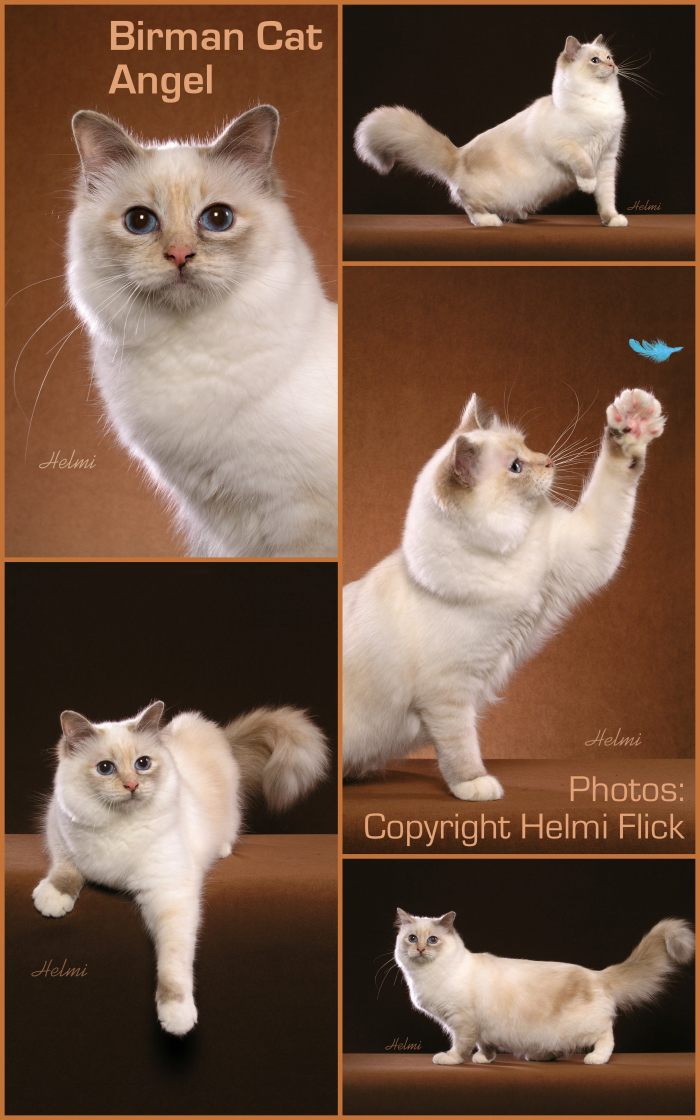FIP is feline infectious peritonitis; a serious disease. It is progressive, systemic and it produces a range of symptoms. It has a high mortality rate. It is therefore of great interest to people in terms of cat health and welfare. I have a page written in layperson’s terms about FIP which you can read by clicking on this link.

A study on the prevalence of FIP in cat breeds versus mixed breed cats (moggies) took place over 16 years. It was published in 2006. 11,535 cats of known cat breeds were examined. The study also including 9,511 cats that were classified as mixed breed or random-bred cats. In all 36 different cat breeds were examined. 0.52% were diagnosed with FIP. This was 60 cats. It was a big study with, therefore, a high degree of accuracy. Although there are many more cat breeds than 36. So, the study is not comprehensive but useful nonetheless.
Purebreds have a higher incidence of FIP versus moggies
The incidence i.e. prevalence of FIP in mixed breed cats in the study was 0.35% compared to 1.3% in the purebred cat population. Therefore, purebred cats were much more likely to be diagnosed with FIP than random-bred cats.
The charts below show the results visually. Cat breeds which appear to have a predisposition to contracting FIP or at least demonstrated a prevalence of FIP which was significantly higher than for mixed breed cats were: Abyssinian, Bengal, Birman, Himalayan, Ragdoll, Devon Rex, Cornish Rex.

The following breeds didn’t get FIP any more than mixed breed cats: Burmese, Exotic Shorthair, Manx, Persian, Russian Blue and Siamese.
The following breeds had a zero prevalence for FIP: Angora, Balinese, Belgian (not sure what this breed is), Bombay, British Blue (they mean the blue British Shorthair), British Shorthair, Chartreux, Colourpoint Shorthair, Egyptian Mau, Norwegian Forest Cat, Ocicat, RagaMuffin, Scottish Fold, Siberian, Snowshoe, Somali, Sphynx, Tonkinese and Turkish Van.
Reasons?
The researchers suggested that the apparent susceptibility of these purebred cats to contracting FIP may be due to circumstance rather than an innate susceptibility to the disease. Those circumstances would be a breeding cattery where there are other cats i.e. these are multi-cat environments where disease can be spread more easily.
And cats in a cattery may be more stressed than single cats in a home. Multi-cat environments can stress some cats for various reasons such as the regular introductions of new cats and territorial issues. In addition, regular breeding stresses cats. And further, they are often caged, living their lives in cages or enclosures which is also stressful.
There may be an innate susceptibility, however, because of inbreeding. Inbreeding depression is a well-known condition emanating from inbreeding. Essentially it describes a weakened immune system and the cats are generally less healthy with shorter life spans. Purebred cats in general have shorter life spans than mixed breed cats i.e. moggies.
There may be another factor which influences these results. Owners of purebred cats are more likely to spend money on veterinary care and expensive diagnostics which throws up illnesses in their cats which would not be apparently in moggies because of a failure to diagnose and record.
The Birman is the worst affected breed with a 22.2% prevalence of FIP among the participating cats in the study.
The study
Prevalence of feline infectious peritonitis in specific cat breeds by Loretta D. Pesteanu-Somogyi, DVM; Christina Radzai, DVM; Barrak M. Pressler, DVM, DACVIM.

